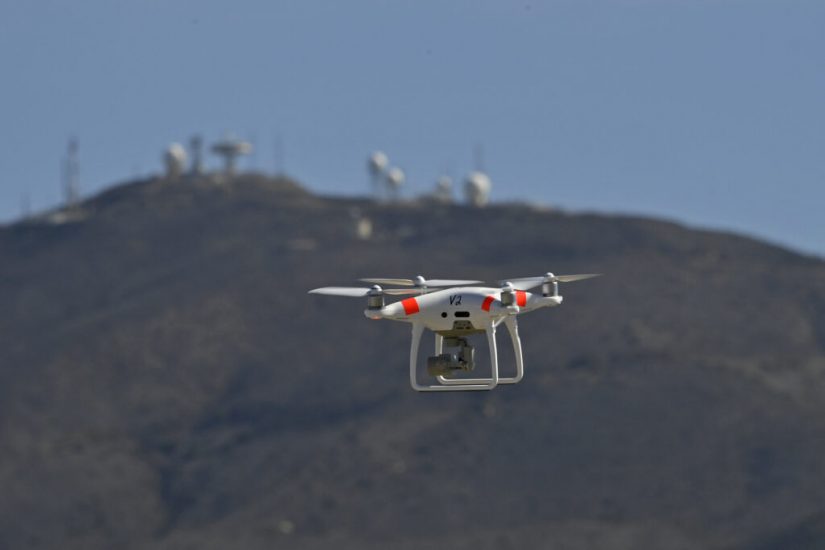A recent US Navy demonstration tested the capabilities of its fleet and installation commanders when faced with unauthorised drones over Naval Base Ventura County (NBVC) in Southern California. Small drones were deployed by the US Navy Target Systems Department to support threat training for personnel.
“Our demonstrations provide the fleet with important UAS familiarization and training to face this increasing airborne threat,” said Pete Pena, PTMO Program Lead. “The Low Speed Aerial Target- Small (LSAT-S) programme developed a cost-effective target training and deployment programme that directly represents the UAS threat the fleet faces daily.”
The UAS are classified by their size, range, and speed, and are broken into five groups based on those attributes. Groups 1-3 can range from over-the-counter handheld drones to medium sized drones with sensors and the capacity to deliver weaponized payloads. However, the main threat that comes from groups 1-3 is intelligence, surveillance, and reconnaissance (ISR). These drones can be difficult to detect and destroy due to their low flying altitude and small size. Group 1 drones are considered to be the greatest threat to military forces across the globe due to their unique range of capabilities as well as their relatively low cost and small size.
The demonstration was carried out using Point Mugu no drone zone. Only authorised drones can operations in this controlled airspace, even for military units. The demonstration provided a rare opportunity to experience live drone flights and provide identification, “which is the first step in countering threats,” said Fire Controlman 1st Class Petty Officer Michael Jordan assigned to NBVC.
Civilian and military operators had a chance to fly multiple different scenarios onboard Point Mugu. Each test presented a range of conditions, spanning from the direction a UAS was flying to a variance in flight patterns, altitudes, airspeeds, and representative threats. NBVC is comprised of three distinct operational facilities: Point Mugu, Port Hueneme and San Nicolas Island.
In 2019, Ellen Lord, the former undersecretary of defense for acquisition and sustainment, established a waiver system to authorize drone operations on military ranges in highly controlled conditions, to test the US military’s counter-UAS capabilities.
The first step in countering the rising threat from UAS is target acquisition and identification. The proliferation of UAS (especially group 1-3), the downsizing of the technology, and its decreasing costs of production makes threat detection difficult according to military accounts.
(Image: US Navy, Ensign Drew Verbis)
For more information visit:




